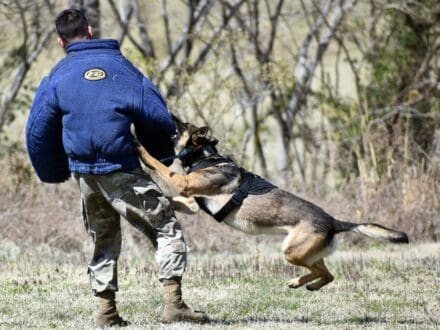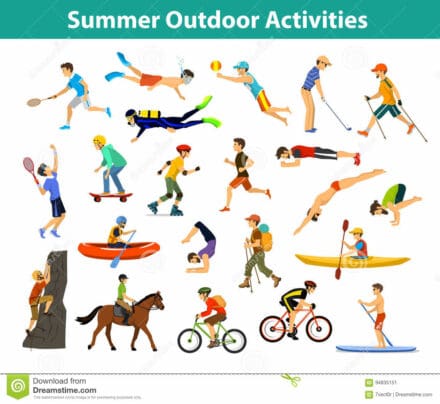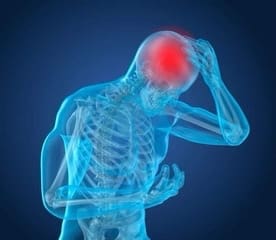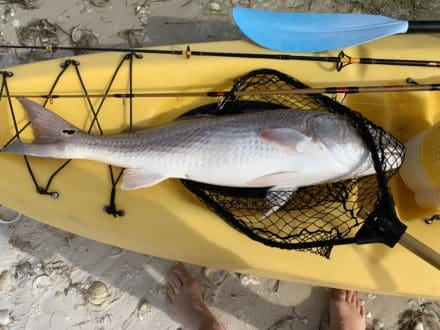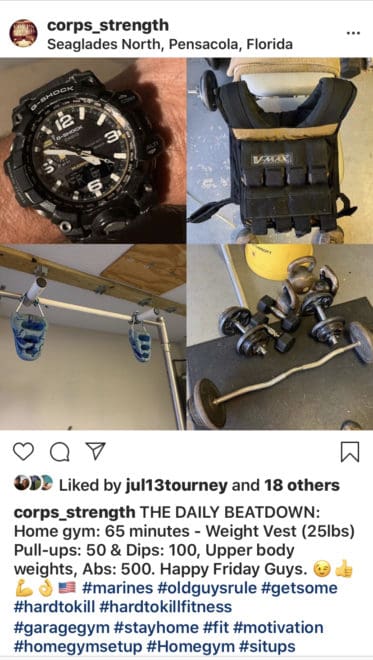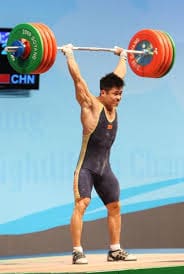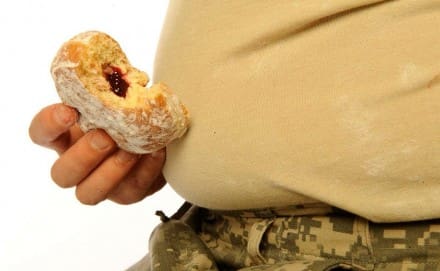My oldest son, the very successful business guy, called me from his office in Denver the other day. He called to catch up on family stuff but also to tell me that he had hired a personal trainer to help get him into better shape. Now my oldest son has always been a skinny kid whose main interest in sports was X game stuff: snowboarding, skateboarding, surfing, climbing, dirt bikes that type of stuff, still is. He was never really a gym guy. However, as he is now 30 years old and has been working 24/7 running his very successful business (SnackCrate), he started getting a little pudgy. We all spent some time together this past summer climbing and hiking out west where his brother and cousin made sure they pointed out his new weight gain every chance they got. Now you would think that having a father who is a Marine, a fitness author and trainer I would be his go to for advice and help on this, but he decided to seek outside help. One reason was that he can be a real lazy ass when it comes to doing regular PT and he needed someone actually with him to put a foot in his ass to work out and push him when he gets to the gym. I got that, however the other thing he told me took me a little by surprise. He said, “Dad, I’m not interested in getting ready for a war, what I care mostly about is looking good.” “Well” I said, “Myself or the people I train don’t exactly look out of shape?” “No”, he replied, “But I just want the abs and all that, plus I don’t want to do your stuff, it’s too hard”. Really? That got me thinking about that appearance vs. performance debate that has been around a long time in the fitness world.
He’s right that my training during my time as a Marine, the program in my book and what I personally have followed for decades was developed with the main intent to prepare people for military service. It also provides the collateral benefits of great fitness for sports and recreation, weight management, robust health and a trim athletic appearance. But make no mistake, it was designed primarily for performance, to improve what you can actually do, not how you look. However, in today’s viral social media world the value of appearance over performance has reached new levels of desire. It’s very common for any fitness program, supplements or gear to be promoted with the dynamic picture of the “Ab guy or girl.” I get the appeal, but most people don’t realize that the person in the picture is a professional body model, that utilizes a combination of genetics, a very strict diet, full time PT program, a lot of supplements (and no doubt PED’s), to achieve that ripped look. The point being is that they aren’t a realistic representation of what the average person will be able to obtain (and especially maintain), even with a lot of hard work and discipline. Not to mention that there are a lot of photographic tricks used to make these people look a lot better than they are in person. Just like they do with professional fashion models. It’s an image business, based on fantasy not reality.
I’m not saying by any means that being in a lean condition is a bad thing, I’m just saying that having it as your primary goal of your fitness program may be misguided, as it isn’t realistic, sustainable, nor particularly healthy. As an example, track the long term health of many famous bodybuilders and you’ll see what I mean. Interestingly, another place you can see this play out is in the dog world. Now we all have seen the dog shows on TV. The dogs in all the different breed categories are judged solely on their appearance and how they fit into certain physical standards. Many years of careful breeding are used to develop a show dog champion, but too often these lead to genetic issues that can cause serious health problems and short life spans in show dogs. Plus no one worries about if they can run fast, put up with harsh weather or other outdoor conditions, or get along with kids, it’s all about appearance. Plus, these dogs require special diets, medications and are groomed and pampered 24/7 to maintain their appearance.
Now look at dogs that are working dogs like: labs, beagles or hounds that are used for hunting, police/military dogs, or herding dogs used for cattle and sheep. These dogs are usually rough looking, way out of show standard but can handle anything you can throw at them and keep going. Bad weather, sleeping outside, regular dog food, doesn’t matter; they just go and go, doing it all with tails wagging the whole way. When I was a kid, I had a dog that was ½ pit bull and ½ beagle. Whiskey was all of about 25lbs, marked like a beagle but funny looking with an oversized block head mounted on her little body. She had a decent nose and a weird note when flushing rabbits, but that little dog was the Rambo of our neighborhood. She could climb trees like a cat and loved to swim. She was notorious for chewing up our hockey pucks and digging up yard moles for a snack. But the thing she really loved to do was go down a woodchuck hole and drag a woodchuck out by his ass. It was something to see and when the fight moved into the open it often seemed she was overmatched and out of her weight class, but despite often being bit up from head to toe she was never beaten. She followed us on our bikes all day long and lived to be 12 years old, at least 12 as she went outside the wire for her normal morning patrol on a very cold winter day and was never seen again? Fueled by table scraps (and stolen chicken eggs), she never went to the vet and always slept outside on the porch (my dad wouldn’t let dogs in the house), no matter what the weather. Yes, I did sneak her in my room when I could.
I share this story about a little mutt that I loved and was my constant companion as a young boy to illustrate my point. That being that in my opinion it’s more important, more healthy and in the end more satisfying to focus your training on what you can do, rather than how you look. Focusing mostly on appearance will require a routine similar to what the show dogs use and IMO yield similar problems. It will be very hard to maintain and could lead to health problems. The first thing the trainer gave my son was a big list of supplements he wanted him to start taking. The recommended diet was strict, boring and time consuming, it’s your typical broiled chicken breast, steamed broccoli and plain oatmeal routine. The actual workouts (IMO) are pretty weak, 30-45 minutes of light weights and cardio. Certainly nothing I would recommend to get into, or maintain top condition. But I know the goal here is to just get his metabolism going and with the low carb diet and supplements, get his body into Ketosis, to burn body fat. I told my son no doubt it will work, you will lose bodyfat, but you’ll be miserable, hungry and tired. I also know he’ll quickly grow bored of all the meal prep, limited food choices and supplement routine. My guess is he’ll last a couple of months, lose some weight and dump it. I’m not being negative, but I’ve seen this movie a 100x. It’s an old story with the same ending.
Based on my experience if you train for performance you also need to eat for performance. Being in Ketosis is not a high-performance state, it’s actually the opposite. When you are training hard you need real food and frankly lots of it. A wide variety of quality whole foods, not protein powder, branched chain amino acids, creatine, fat burners, recovery drinks, etc, etc. Those things do work (to a certain extent) but what are you going to do, take that stuff for the rest of your life? I’m not and despite most of the advertising, hype, video views, likes and IG picture shares most people won’t either. The fact is most of us do not have the genetics to look like a fitness model. Just like we don’t have the genetic talent to play professional sports, drive formula 1 race cars or do rocket science. However, the vast majority of us can maintain a fantastic level of useful fitness, health and energy that will allow you to live your life in the fast lane. BTW, princess I will also guarantee that when you get there, you’ll look pretty good too. Till next month:
“Be Safe Always, Be Good When You Can.”
Semper Fi
MGunz



